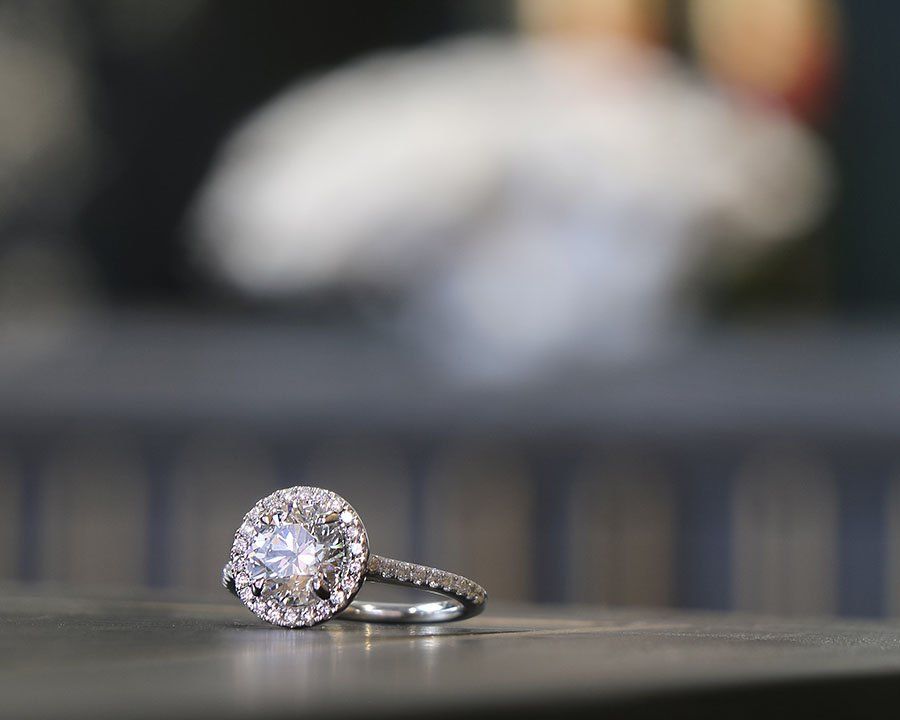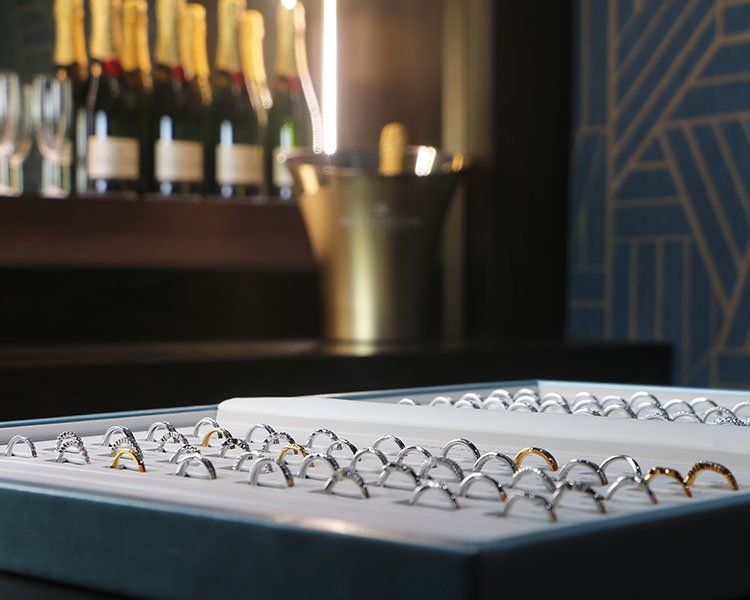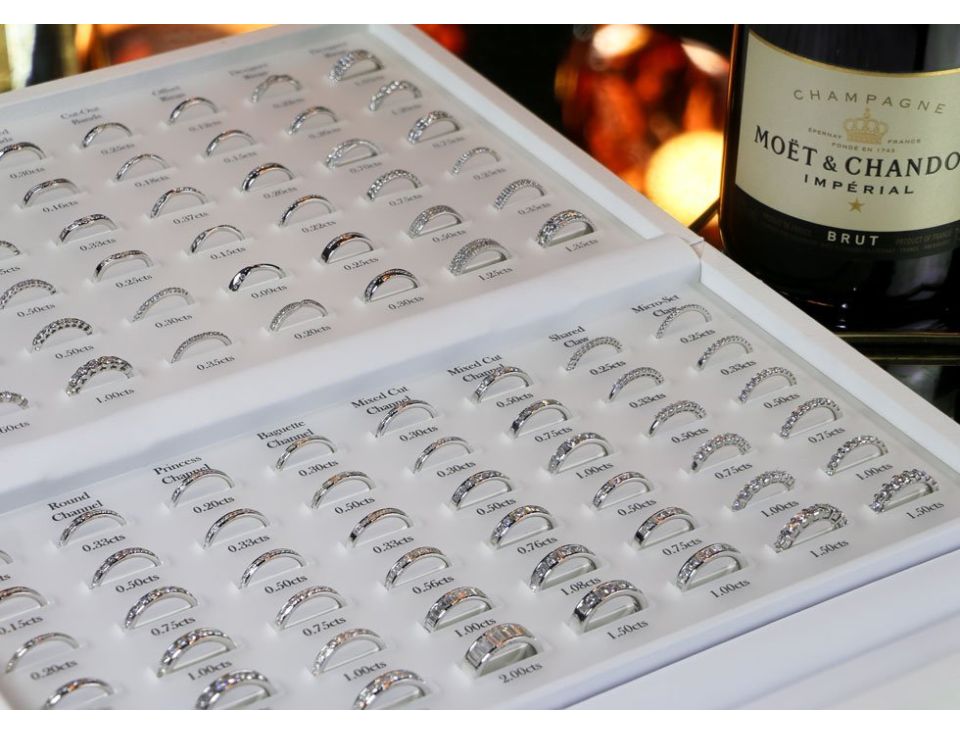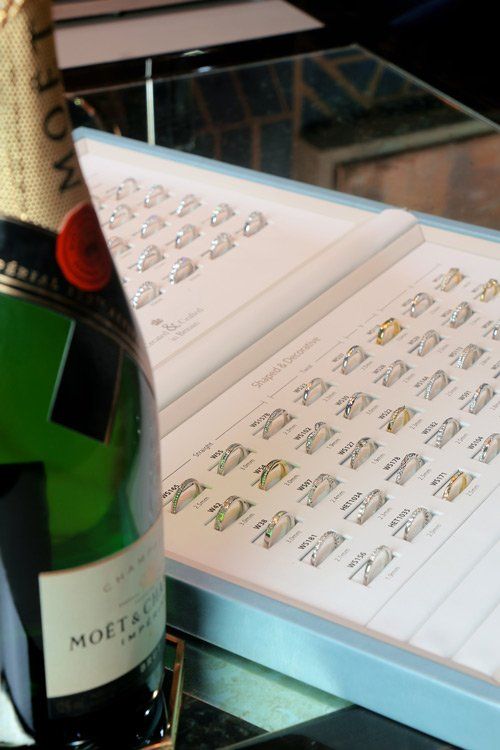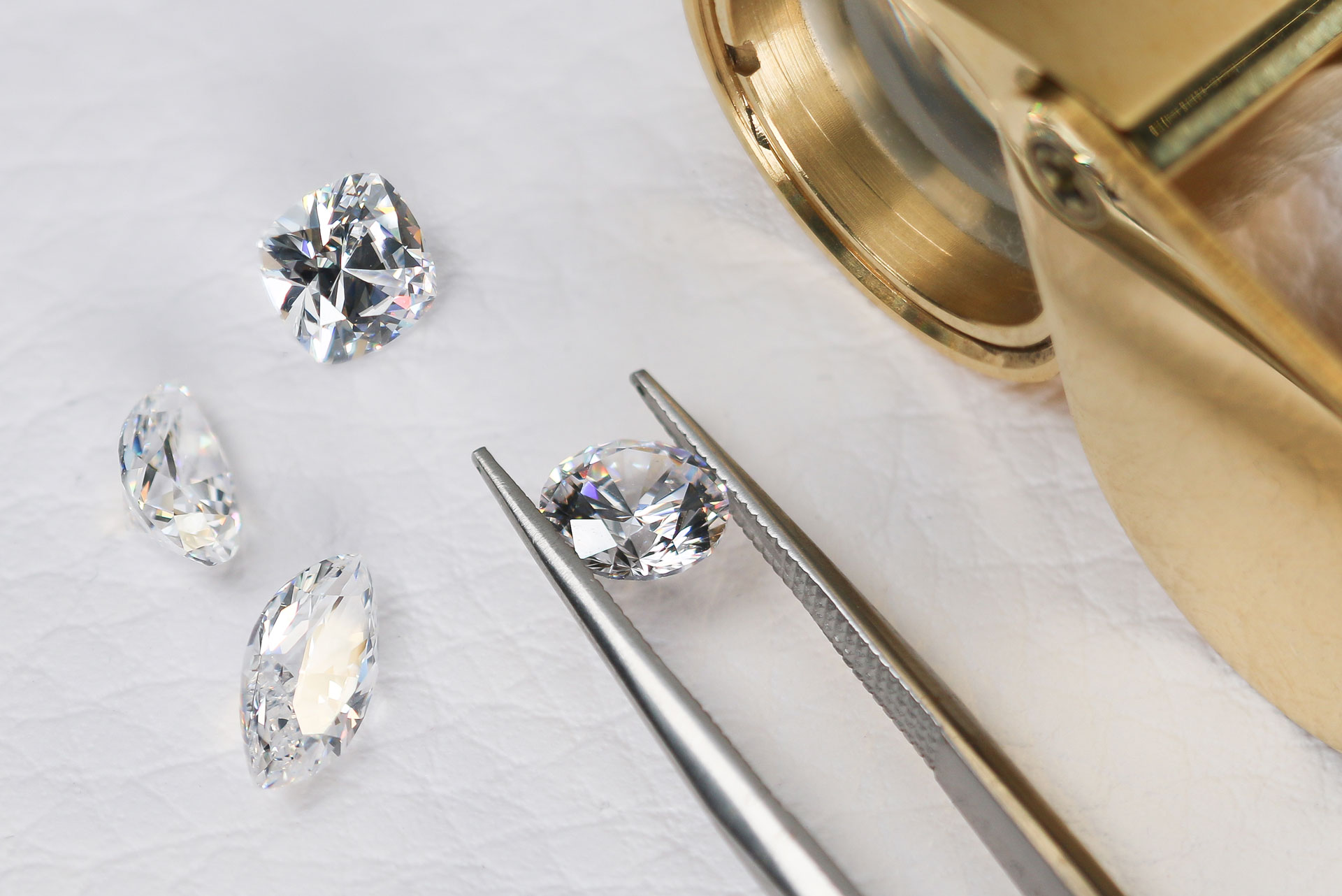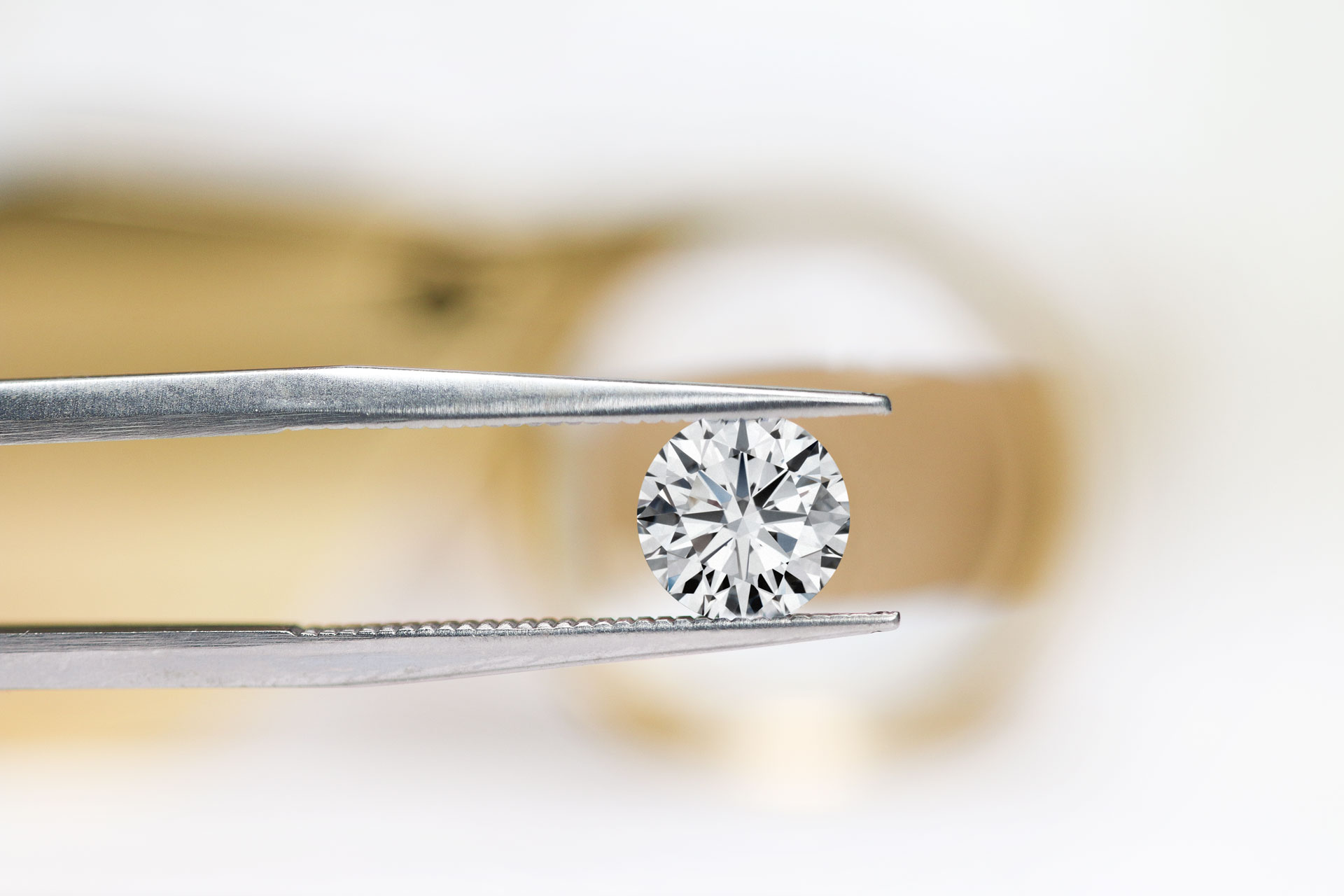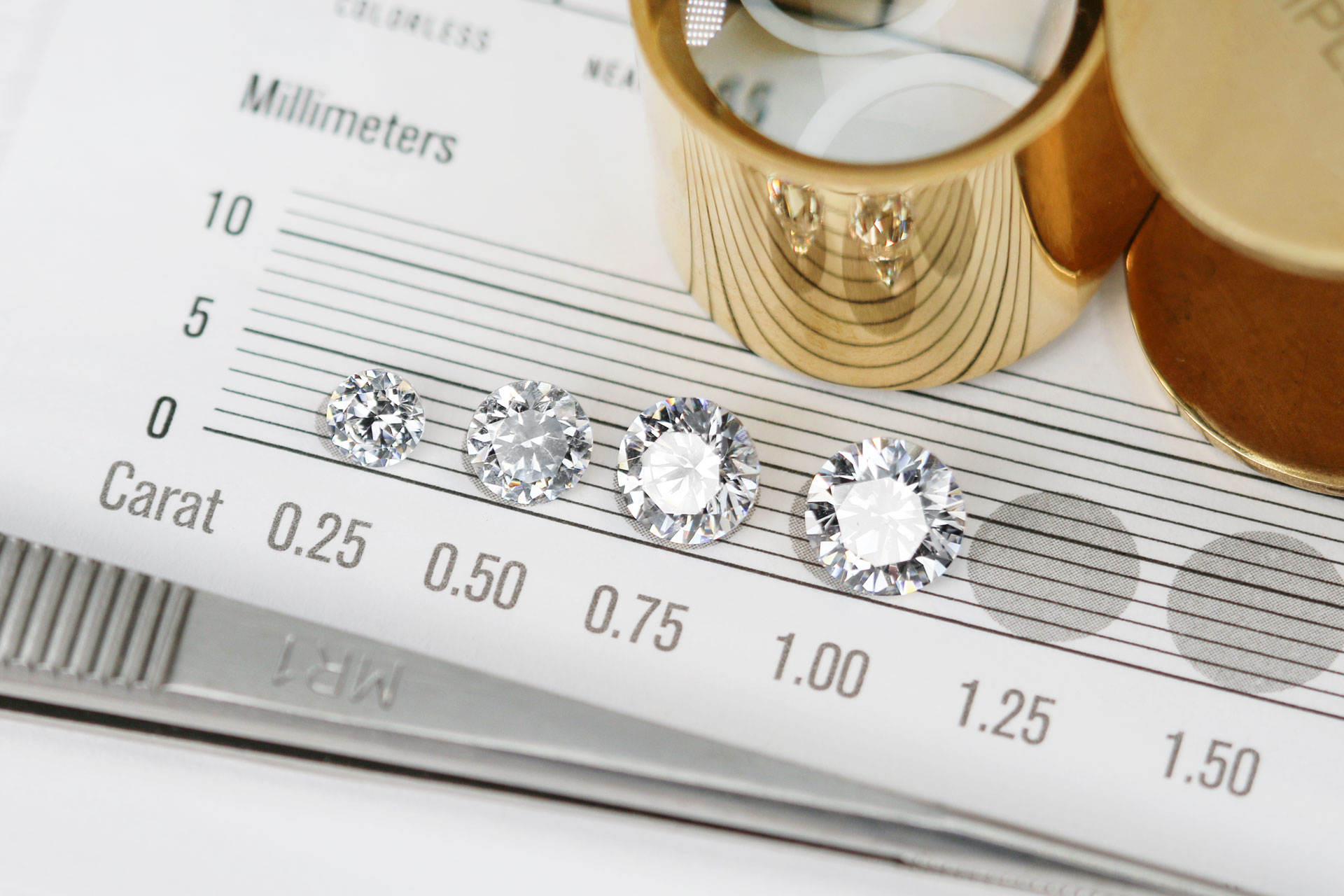DIAMOND COLOUR
Diamond colour is all about what you can’t see. Diamonds are valued by how closely they approach colourlessness – the less colour, the higher their value. (The exception to this is fancy colour diamonds, such as pinks and blues, which lie outside this colour range.) Most diamonds found in engagement rings run from colourless to near-colourless, with slight hints of yellow or brown.
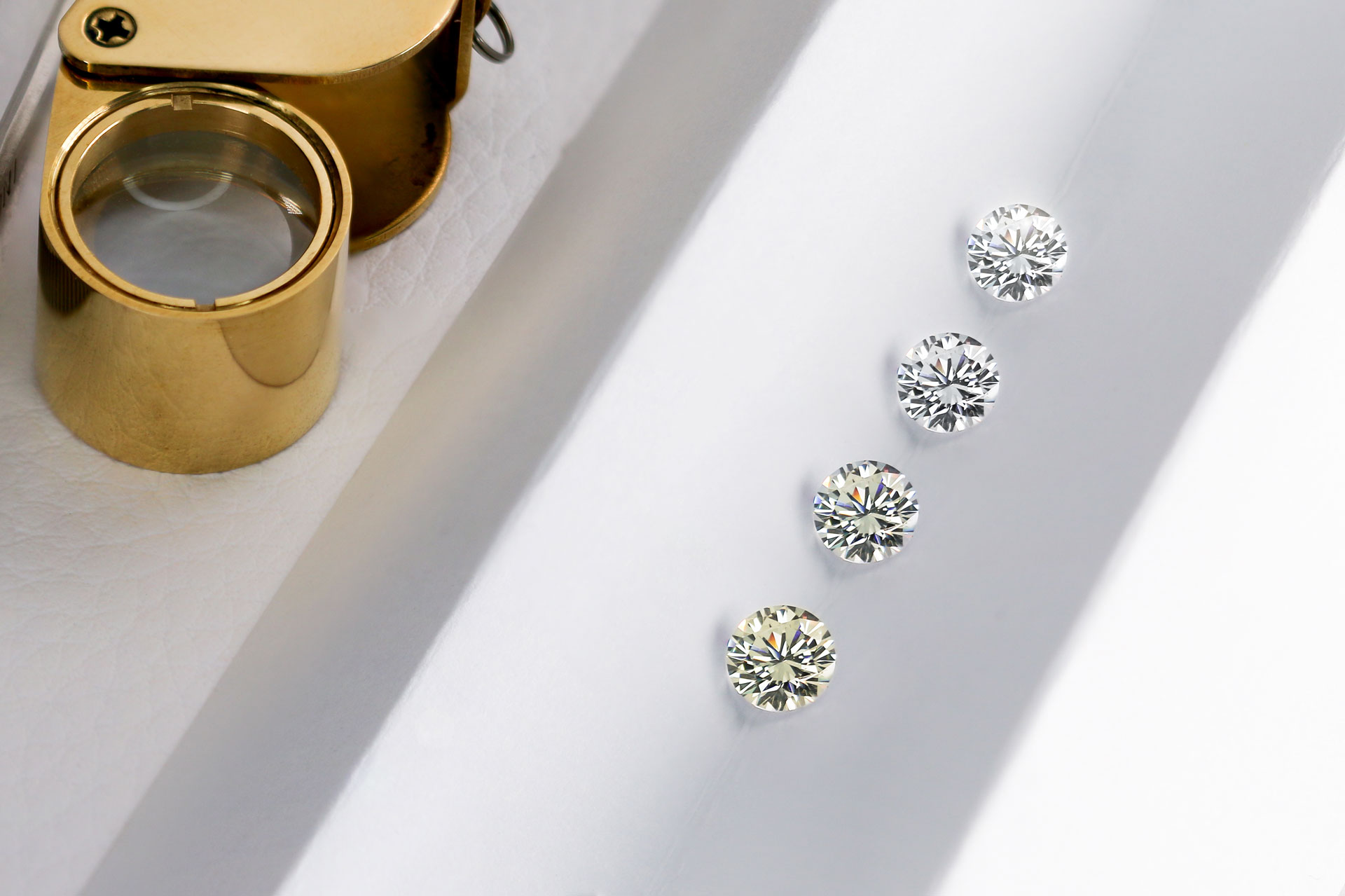
What is diamond colour?
Diamond colour refers to the degree to which a diamond is colourless or has a tint of yellow or brown. The colour of a diamond is determined by the presence of trace elements and other impurities during its formation. The GIA (The Gemological Institute of America) developed a grading system for diamond colour, which ranges from D (colourless) to Z (light yellow or brown). The grading is based on a diamond’s lack of colour. Some rare diamonds have natural colours, such as pink, blue, and green.
GIA’s colour-grading scale for diamonds is the industry standard worldwide. Each letter grade on the diamond grading scale has a clearly defined range of colour. This helps differentiate each category of colour, clearly conveying the colour and its appearance.
Joshua James only sells GIA certified diamonds for our engagement rings.
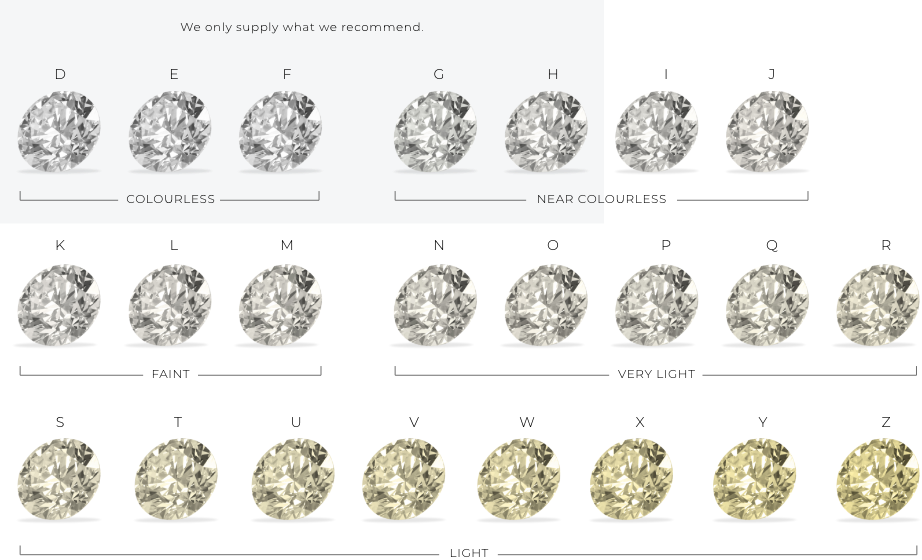
Why does the colour grading scale start at D?
In the past, various informal grading systems were used to describe diamond colour before the development of the D-Z colour grading scale. Gemologists used alphabet and letter sequences, such as A, B, and C, with multiple A's indicating the higher colour grade diamonds. Arabic numerals (0, 1, 2, 3), Roman numerals (I, II, III), and descriptive terms like "gem blue" or "blue white." were also used. GIA developed an innovative approach to diamond colour grading using the letter D as the starting point of the scale.How is a diamond graded?
Diamond colour grading is typically done by comparing a diamond to a set of master stones, which are diamonds that have been graded and assigned a specific colour grade by a trained grader. The master stones serve as a reference point for the grader to determine the colour grade of a diamond being evaluated.The grader examines the diamond in controlled lighting conditions and compares it to the master stones to determine the closest match. The diamond is then assigned a colour grade based on the master stone that it most closely resembles.
The process is repeated multiple times to ensure accuracy, and the diamond's final colour grade is recorded on its grading report, which provides a detailed description of the diamond's characteristics and quality.
What is the best diamond colour to choose?
We would always recommend if your budget allows looking at colour grades between D-F, as these diamonds are classed as colourless, they will give your diamond that icy white sparkle. However if you are working to a slightly lower budget you may want to consider looking at G-H, these diamonds are still near colourless and offer great value for money. At Joshua James we don’t sell diamonds with a grade any lower than a HWhen looking at what colour grade to select it can also be important to consider the colour choice of the metal you have selected for your setting.
A platinum or white gold setting could accentuate and slight hues of yellow so we would always recommend looking at a colourless D-F graded diamond, setting these diamonds into white metal amplifies their icy-white appearance.
When diamonds are set in yellow or rose gold, this may make the diamond appear more yellow if a colourless grade of diamond is selected, so it would be worth looking at a G-H graded diamond in this instance.
Rose gold is a warm metal, also complementing the diamond’s fire. Rose gold may hide certain colour imperfections with its glow, detracting from other impurities of the diamond with its rich coppery shade so again a G-H grade could be considered.














